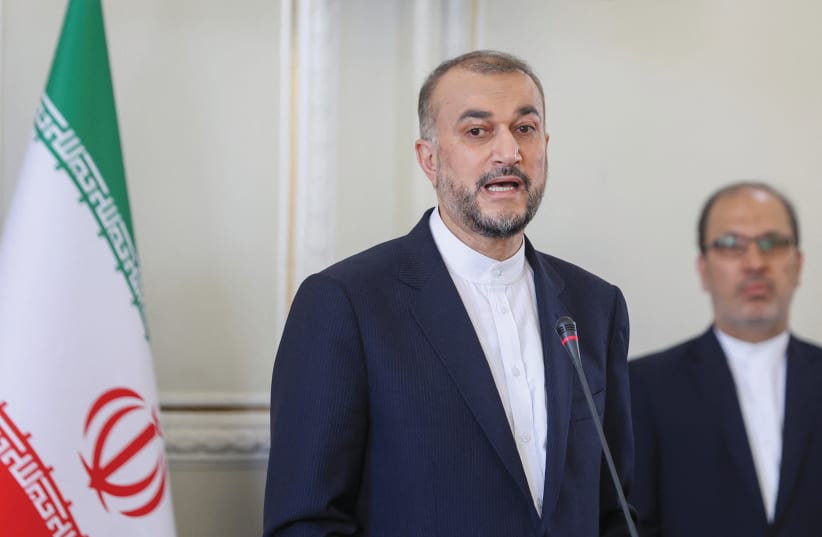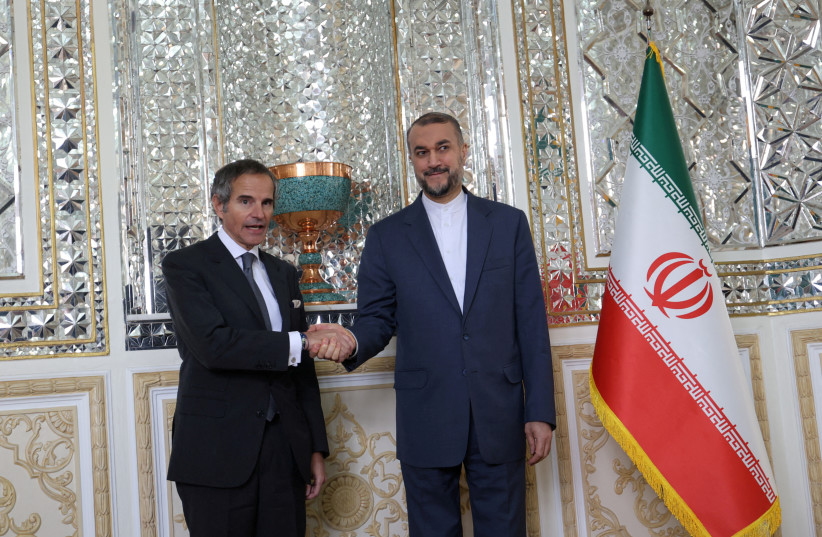Iran’s Foreign Minister Hossein Amir-Abdollahian gave an interview over the weekend spelling out Iran’s vision for its smooth integration into a Middle East that is more stable and “peaceful,” following the deal with Saudi Arabia.
Iran had previously been at odds with Riyadh as well as other Gulf states. Iran worked through proxies and militias in Iraq, Lebanon and Yemen, fueling conflicts – and also threatening Israel.
Today, the Iranian regime is shifting its narrative – not in the rhetoric regarding Israel, which it still vows to destroy, but towards other countries.
He said Iran is looking forward to more trade in the region, especially with the Gulf. The foreign minister added Kuwait and the UAE to the list, as well as Saudi Arabia, noting that Iran expects “high-level security dialogue” with the Saudis in the future.
Iran is also looking forward to attending the next meetings of the Shanghai Cooperation Organization (SCO). Iran has also applied to join the BRICS group of countries, an acronym for Brazil, Russia, India, China and South Africa.
This means Iran is looking forward to more cooperation with Iran and Russia. Unsurprisingly, this is being said as Iran’s and Russia’s leaders meet. Tehran is also seeking more naval cooperation with Russia in the Indian Ocean.
Additionally, Iran’s interests relate to building up its ties with the Gulf, including Iraq, Oman and Saudi Arabia. This would cement a kind of arc of southern arrangements, leading from Iran via Iraq and Saudi Arabia to Oman and the borders of Yemen.
This would be a major shift from years past when the Islamic Republic was involved in backing the Houthis in Yemen via clandestine maritime shipments and often at odds with Riyadh and Abu Dhabi. Now Iran claims it wants to try diplomacy, rather than running guns via unmarked dhows in the Gulf of Oman.
Other issues on the agenda
There are other issues on the agenda, according to Amir-Abdollahian. Iran claims it is not taking a side in the Ukraine conflict, even though reports say it has armed Russia with drones. Iran nevertheless pays lip service to want peace there.
On the US, Iran continues to claim it is working on a prisoner swap. Iran is also looking to improve ties with Egypt and Jordan, the foreign minister said.
The interview with the foreign minister shines a light on Iran’s overarching concerns today and its attempts to re-integrate into the Middle East and work with countries at the diplomatic level. Previously Iran often did these kinds of meetings mostly with Turkey, Russia and Qatar, and now with Iraq and Syria – broadening its initiatives.

